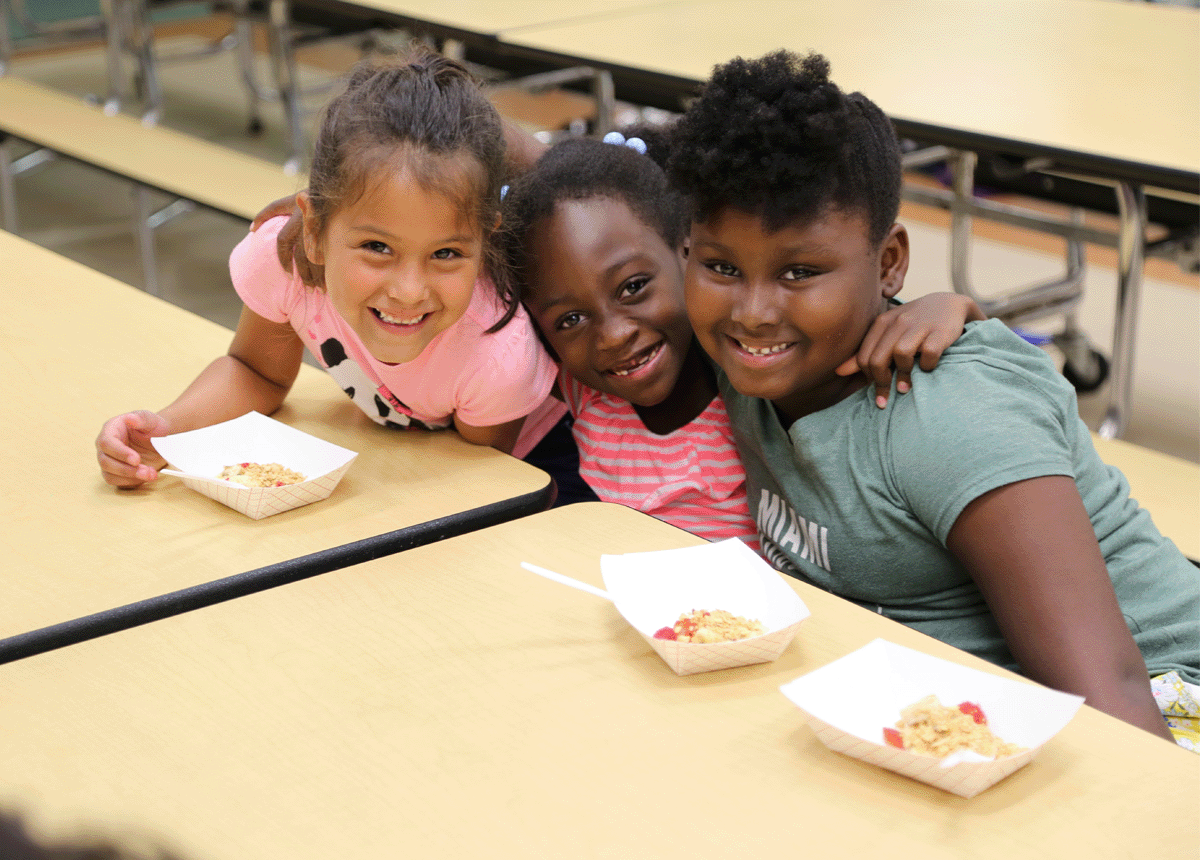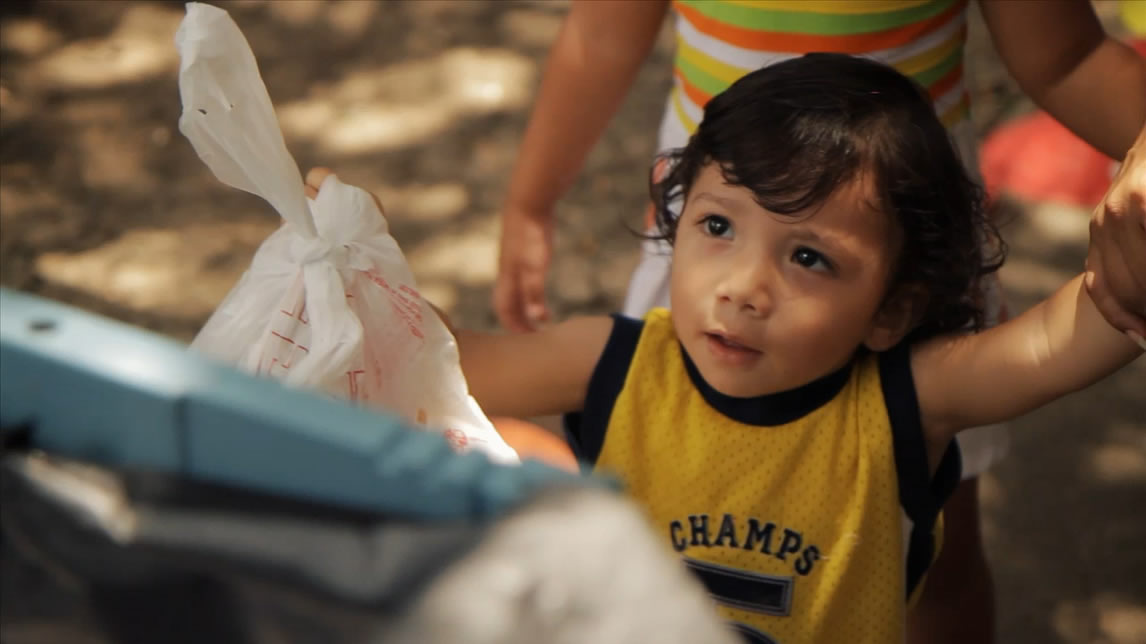The summer months, often seen as a time for rest and recreation for students, present a significant challenge for many families, particularly in rural areas. When schools close for the summer, many children are left without access to their primary source of balanced meals. The absence of school meals can leave a nutritional void that has far-reaching implications for their health, development and overall well-being.
As summer ends and students return to their regular school meal programs, it is essential to acknowledge the importance of expanding critical child nutrition programs during summers to come, especially for those in rural counties who lack access to local meal sites.
For students in rural areas, the geographic isolation presents a unique set of challenges. In Accomack County, Virginia for example, all students are eligible to receive free breakfast and lunch during the school year. However, access to these meals during the summer months is both challenging and expensive.
Most families live far from a traditional summer meal-distribution location, meaning parents must weigh the cost of time and gas with the benefit of access to meals. Not having regular access to nutritious meals has a long-term impact on the health and well-being of children in our rural communities.
The Reality of Food Insecurity for Students
One in five children in the U.S. experiences food insecurity, underscoring the dire need for year-round nutritional support. School meals are designed to meet specific dietary requirements, ensuring that children receive a balanced intake of fruits, vegetables, proteins and grains. When these meals are no longer available, children miss out on that vital source of nutrition, which can have a direct impact on their health: They’re at higher risk of stomach aches, fatigue, increased susceptibility to illness and developmental delays.
Moreover, the impact of poor nutrition extends beyond physical health. Cognitive development and academic performance are closely linked to proper nutrition. Hunger exacerbates summer learning loss — kids who miss out on meals in the summer months return to school in the fall having fallen behind their peers academically.

Current Progress and Future Solutions
Fortunately, we have proven solutions. In summer 2023, Accomack County Public Schools’ Child Nutrition Services used a grant from No Kid Hungry and assistance from the PepsiCo Foundation’s Food for Good meal program to support summer meal delivery service in Accomack County, Virginia, bringing meals directly to these students’ homes.
In its first summer, the program delivered more than 165,000 meals, reaching over 2,150 children. School district leaders, teachers and parents endorsed the effectiveness of the program in reducing grocery bills, providing a convenient alternative for rural families and offering nutritional food options for local kids throughout the summer.
Building on this impact, in summer 2024 the program has expanded, serving more than 222,000 meals while also including educational, interactive materials for the students as well as surveys for feedback and improvements on the meals and experience.

Efforts like this are a vital step in bridging the nutritional gap during the summer months, and are made possible in part thanks to a policy approved by Congress in 2023 that allows summer meal programs in rural areas the flexibilities they need to provide meals in ways that work for their community, like meal delivery. To continue addressing this issue, it is important to maintain support for mobile meal programs that can bring nutritious food directly to remote communities.
Ensuring kids are well-nourished during the summer is not just a matter of addressing hunger; it is a fundamental step towards ensuring the holistic development and well-being of our children. By closing the summer hunger gap, we’re ensuring all kids can return to school in the fall ready to thrive both in and out of the classroom.
For more information on how you can partner with Food for Good visit the Food for Good website.